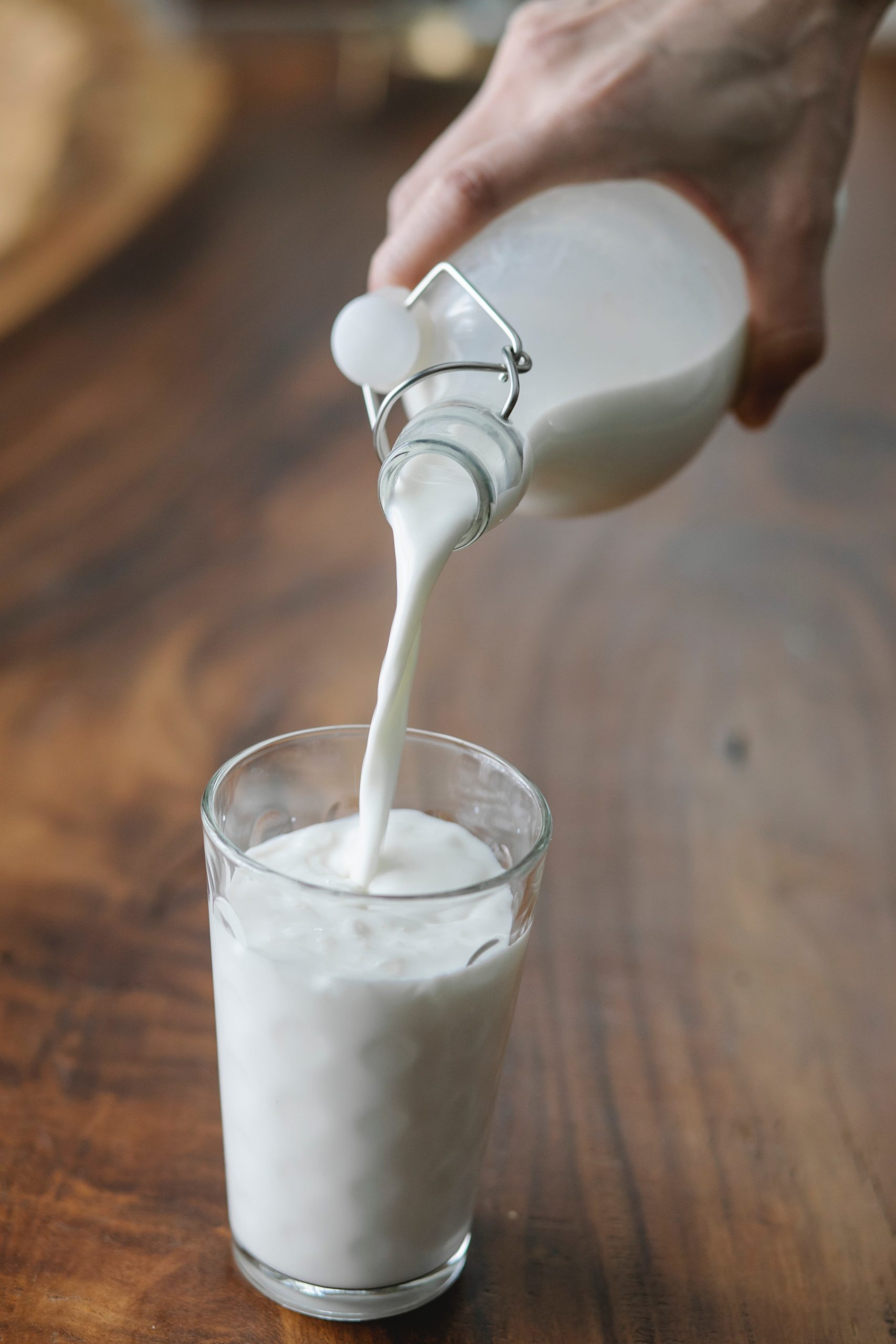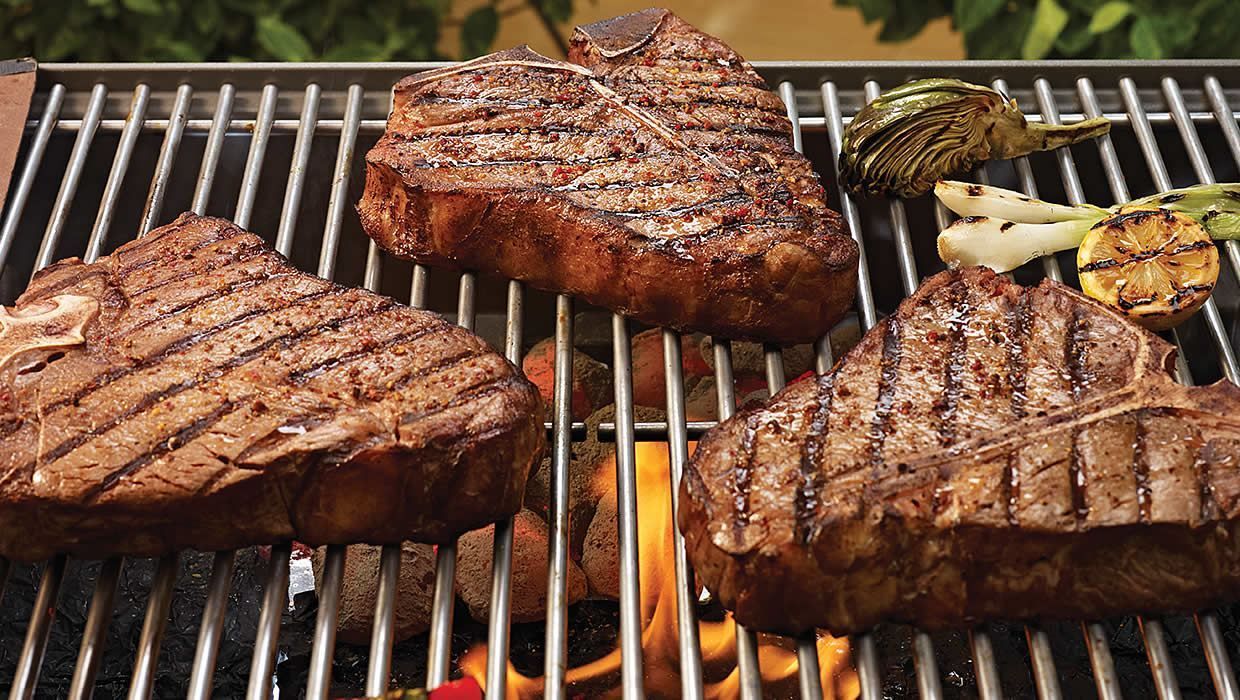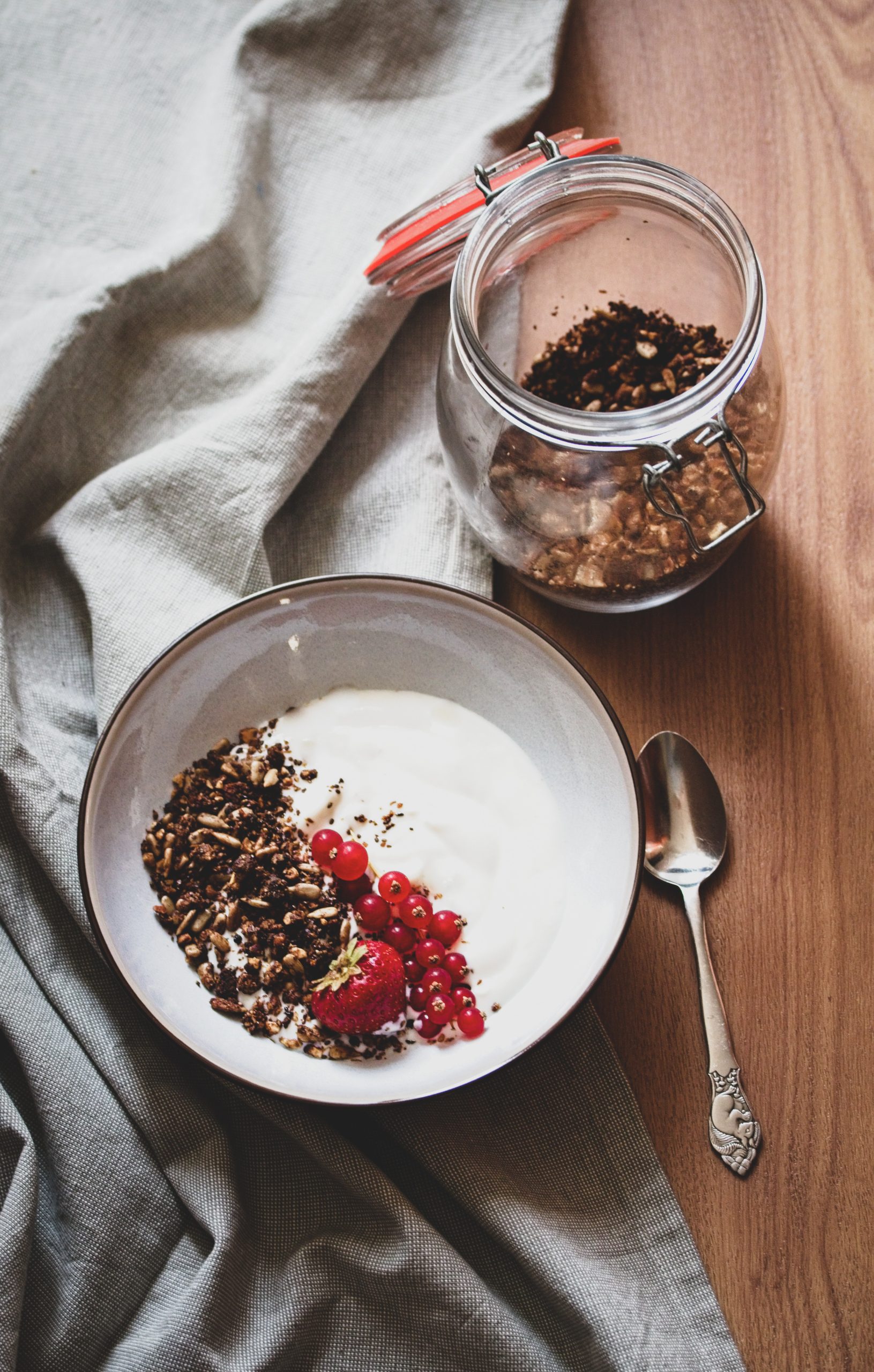
The Science Behind Baking: Understanding Ingredients
When it comes to baking, the ingredients you use can make all the difference in the final product. Understanding the science behind each ingredient can help you become a better baker and achieve consistently delicious results. In this article, we’ll take a closer look at some key ingredients commonly used in baking and how they work together to create the perfect treat.
Flour: The Foundation of Baking
Flour is the most essential ingredient in baking, as it provides structure and texture to the finished product. There are many different types of flour available, each with its own unique properties. All-purpose flour, bread flour, and cake flour are some of the most commonly used varieties.
When flour is mixed with a liquid and other ingredients, the proteins in the flour (gluten) form a network that gives baked goods their structure. Overmixing can lead to tough and chewy textures, while undermixing can result in a crumbly and dry finished product.
Sugar: More Than Just Sweetness
Sugar not only adds sweetness to baked goods but also plays a crucial role in texture, color, and moisture. When sugar is mixed with fat, it helps to trap air bubbles and create a light and airy texture in baked goods. Sugar also caramelizes during baking, contributing to the golden-brown color of cookies and cakes.
It’s important to note that different types of sugar, such as granulated sugar, brown sugar, and powdered sugar, can have varying effects on the final product. Brown sugar, for example, contains molasses, which adds moisture and a rich flavor to baked goods.
Fat: Adding Flavor and Texture
Fat is another essential ingredient in baking, as it adds richness, flavor, and tenderness to baked goods. Butter, oil, and shortening are commonly used fats in baking, each providing a different texture and flavor profile.
When fat is creamed with sugar, air is incorporated into the mixture, creating a light and fluffy texture in cakes and cookies. Fat also coats the flour proteins, preventing them from forming too much gluten and resulting in a tender crumb.
Leavening Agents: Making Baked Goods Rise
Leavening agents are ingredients that help baked goods rise and become light and fluffy. Baking soda, baking powder, and yeast are the most common leavening agents used in baking.
Baking soda reacts with acidic ingredients, such as buttermilk or yogurt, to produce carbon dioxide gas, which helps dough rise. Baking powder, on the other hand, contains both an acid and a base, which react when mixed with liquid to produce carbon dioxide gas. Yeast is a living organism that feeds on sugars and produces carbon dioxide gas as a byproduct, causing dough to rise over time.
Eggs: Binding and Leavening
Eggs are a versatile ingredient in baking, serving as both a binder and a leavening agent. The proteins in eggs help to bind the other ingredients together, creating a smooth and cohesive batter. The yolks also add richness and flavor, while the whites provide structure and stability to baked goods.
When eggs are whipped, air is incorporated into the mixture, helping baked goods rise and become light and airy. Egg whites can also be whipped separately and folded into batter to create a fluffy and airy texture in cakes and soufflés.
Conclusion
By understanding the science behind the key ingredients in baking, you can improve your skills as a baker and create delicious treats with confidence. Experimenting with different flours, sugars, fats, leavening agents, and eggs can help you learn how each ingredient contributes to the final product and how they can be adjusted to achieve the desired outcome.
Next time you’re in the kitchen, remember the important role that flour, sugar, fat, leavening agents, and eggs play in baking and use this knowledge to elevate your baked goods to the next level.

